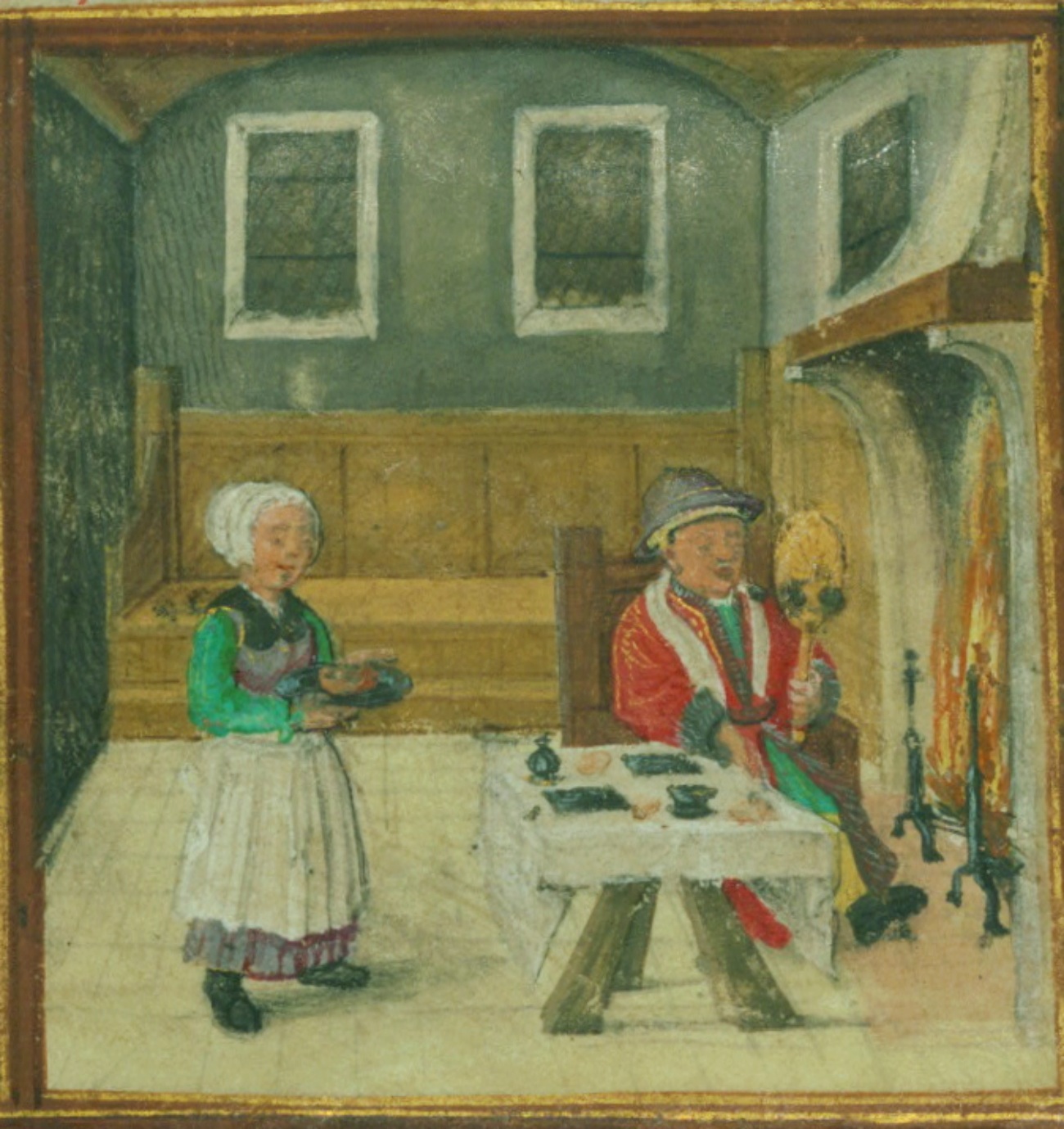Of all the non-dairy milks out there almond milk is the most popular, but many people are torn on how necessary these new-fangled dairy alternatives are. Today we can test to see if a person is allergic to dairy, but go back to the 1200s in Europe and no such tests existed- and yet there was almond milk. Find out how this cow-free milk was used in the old days, despite the misconception that it’s a new invention.

The first texts to mention almond milk in Europe date back to the 13th century. During this era the creamy milk was seen as a good food to have during Lent, a time of fasting in anticipation of Easter. The solemn practice honors the 40 days Jesus spent in the desert fasting. Members of the church were expected to deprive themselves of unnecessary foods and actions as Christ did and this meant reducing the overall intake of animal products.
High protein alternatives like fish and nuts were eaten during Lent. But, red meat, eggs, and dairy products were often absent from the average person’s Lenten diet.

The diet of a working class person or peasant during the Middle Ages was already not very rich. The best grains were reserved for the higher classes. The ruling class ate wheat bread and porridge, while poorer folks ate barley, oats, or rye instead. Peas and beans were how many of the lower classes got enough protein and game was reserved for the nobility. Butcher meat was occasionally available, but would have likely have been made into a stew to make it stretch further.
While cow’s milk was used in stews and sauces to make them creamy it also made them spoil more quickly and this is where almond milk came in handy. It was also used to make desserts and was made into an almond “cheese”. It was the preferred milk for both savory and sweet dishes thanks the fact that it could be made fresh on demand as opposed to animal milks which began to turn sour only hours after being collected.

Since almonds grow best in warmer climates it was often the peasants around the Mediterranean who could afford these local nuts. Otherwise the importation of something from far off lands would have likely been out of reach for workers and farmers.
However, merchants and members of the upper classes often showed their wealth through food by eating imported foods spiced with exotic herbs that did not grow locally. So your class and location greatly influenced whether or not you would have been drinking or cooking with almond milk in the Middle Ages. Almonds are native to Iran and the Levant and were brought to Europe following the Crusades. Mention of almond milk in Islamic medical texts date to the 8th century, showing almond milk was in use for many centuries before ever becoming part of the European diet.

As the strict rules around Lent relaxed following the Reformation, dairy was seen as acceptable during some feast days and eventually during Lent. By the 1600s almond milk was fading from popularity in Europe, only to become one of the most commonly-purchased items from the dairy case in the 2020s.













